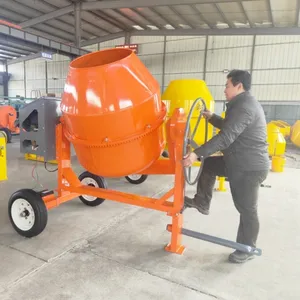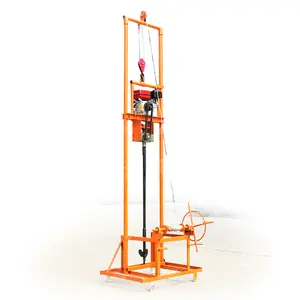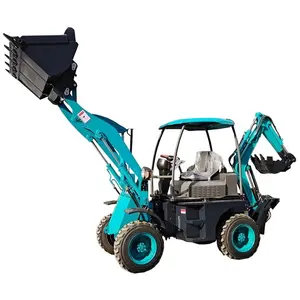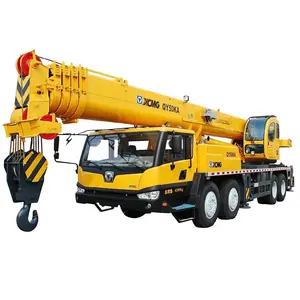Popular in your industry







































































Related Searches:













































































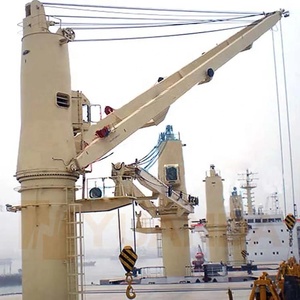















































































Top categories
About ship cargo crane
Shipping container cranes are specialized cranes designed for loading and unloading cargo containers on and off container ships. These cranes play a pivotal role in the efficiency and operation of container terminals worldwide. They are typically located at the heart of these terminals, allowing for the seamless transfer of containers between ships and other modes of transportation, such as trucks or trains. The use of shipping container cranes has revolutionized the global shipping industry by enabling the standardized handling of containers, significantly reducing the time and labor required for cargo operations.
Types of ship cargo cranes
There are mainly two types of ship cargo cranes: shore-based cranes and ship-based cranes. Shore-based cranes, also known as quay cranes or dockside cranes, are fixed structures located on the quayside of a port. These cranes are responsible for lifting containers on and off container ships while they are berthed at the port. Shore-based cranes are typically large, gantry cranes equipped with specialized spreader beams designed to securely grasp and handle standard-sized shipping containers.
Ship-based cranes, on the other hand, are cranes mounted directly on the deck of a container ship. These cranes are often used on smaller vessels, such as feeder ships or short-sea shipping vessels, where the volume of cargo does not justify the use of shore-based cranes at every port of call. Ship-based cranes provide the flexibility to load and unload containers at ports that may not be equipped with dedicated container-handling infrastructure.
The advantages and business values of ship cargo cranes
Ship cargo cranes offer immense advantages and business value. These cranes significantly reduce the time required to load and unload cargo from container ships, leading to shorter turnaround times and increased operational efficiency in ports. Furthermore, the ability to handle containers directly on the ship allows for greater flexibility in choosing ports of call, as vessels equipped with onboard cranes can access terminals that do not have dedicated container-handling equipment.
Moreover, these cranes enable the rapid transshipment of containers between different modes of transportation, facilitating the smooth flow of goods through the global supply chain. Ship-based cranes are particularly valuable for serving routes that involve smaller or less developed ports, as they eliminate the reliance on shore-based infrastructure. The use of ship cargo cranes contributes to the overall competitiveness of container shipping by streamlining operations, reducing costs, and optimizing vessel utilization.
How to choose a ship cargo crane
When selecting a cargo ship with a crane, several factors should be considered. Vessel operators should evaluate the size and lifting capacity of the crane to ensure it can efficiently handle the expected volume of cargo. Moreover, the crane's reach and maneuverability are crucial, especially for ship-based cranes, as they determine the ability to access containers across different parts of the deck. The crane's design and technology, including features such as automation, remote operation, and safety systems, should align with the operational requirements and industry standards.
Additionally, factors such as maintenance requirements, availability of spare parts, and the crane manufacturer's reputation for quality and after-sales support should be taken into account. When choosing a crane cargo ship, considering the vessel's deck space and structural integrity to support the crane's installation is essential. It is also valuable to assess the crane's compatibility with existing terminal infrastructure and handling equipment to ensure seamless integration into the logistics chain. By carefully evaluating these factors, operators can select a ship cargo crane that meets their operational needs, enhances efficiency, and contributes to the overall success of their container shipping operations.
